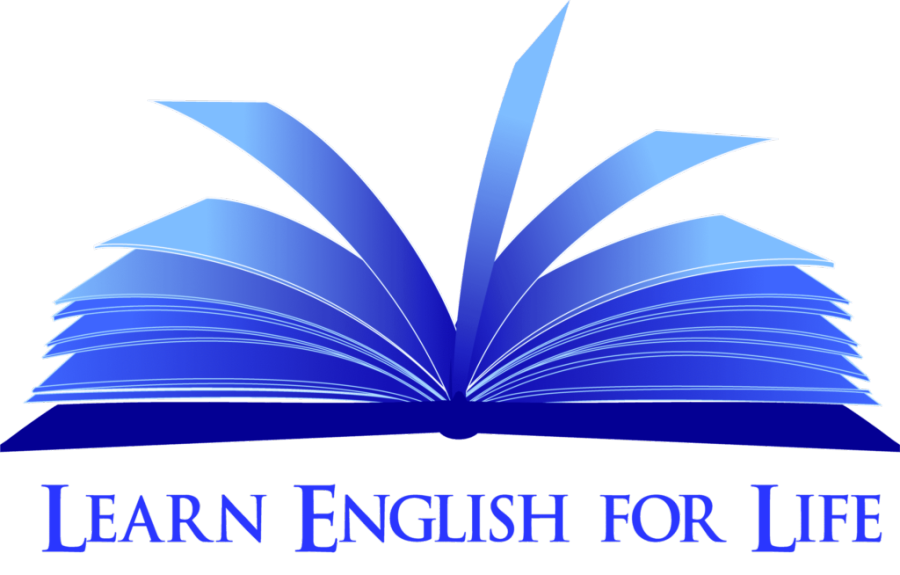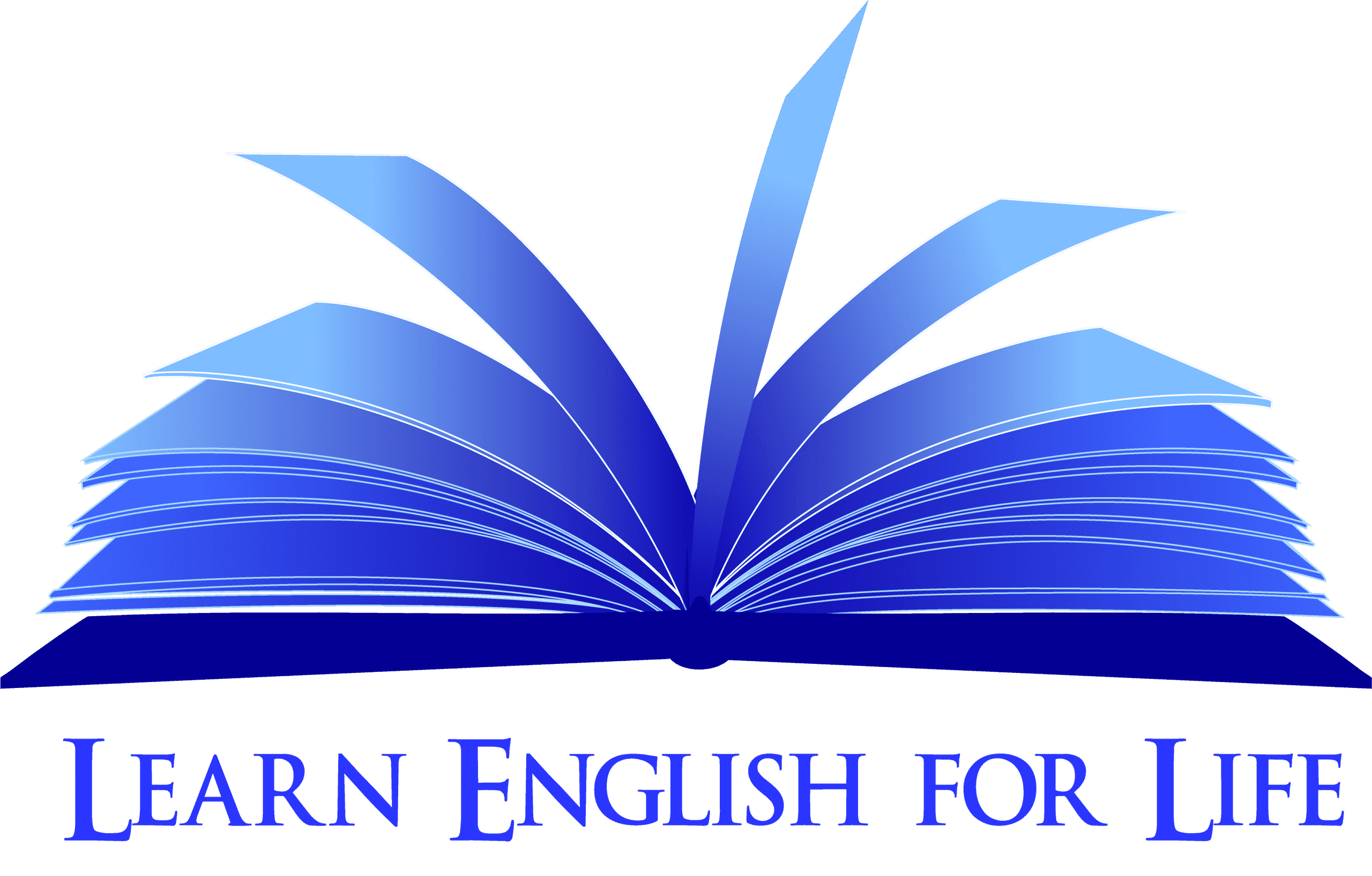The verb “be” is an irregular verb. It can be used both as a main verb and as an auxiliary verb. As a main verb, “be” is used to describe permanent or temporary states or qualities. The different forms of the verb “be” are: be, am, is, are, was, were, being, and been.
Base form | be |
Present Simple | am/is/are |
Past Simple | Was/were |
Present Participle | Being |
Past Participle | been |
✅ Present Simple:
I am
You are
We are
They are
He is
She is
It is
Examples:
- I am Kevin.
- We are students.
- They are cricketers.
- He is happy.
- She is beautiful.
- It is a cat.
✅ Past Simple:
I was
He was
She was
It was
You were
We were
They were
Examples:
- I was a teacher.
- She was a dancer.
- He was angry.
- You were happy.
- We were hungry.
- They were clever at studies.
✅ Continuous & Perfect Forms:
being → used in continuous tenses (e.g., “He is being silly.”)
been → used in perfect tenses (e.g., “She has been happy.”)

